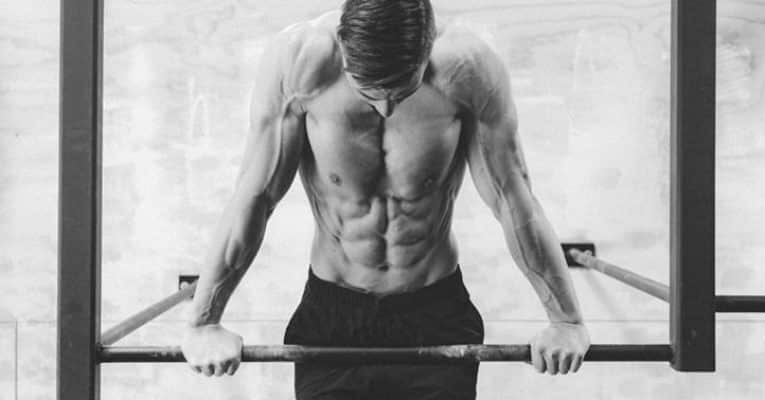Calisthenics is a form of exercise consisting of a variety of movements.
Which exercise large muscle groups, such as running, standing, grasping, pushing, etc
These exercises are often performed rhythmically and with minimal equipment, as bodyweight exercises.
The term calisthenics comes from the Greek words “Kalos” meaning beauty and “Stenos” which translates as strength.
Originally, calisthenics was a method of promoting health, “and thus securing beauty and strength”.
In school children, but it’s evolving into a training method that shares a lot in common with gymnastics.
Beginners
When you first walk into a gym, you don’t immediately start benching 100kg and it’s the exact same with calisthenics, so leave the muscle-ups to more experienced practitioners, for now.
You need to start with basic exercises, and with calisthenics, the most basic, but also one of the most important moves is the humble press-up.
But even the press-up can be broken down into beginner and advanced versions.
If you’re not able to do a press-up, then Gallarzo advises you begin by doing an incline press-up.
To do that put your hands on a bench, or anything that’s a similar height and can hold your body weight, and with your feet on the ground just work on going through the press-up movement and building proper form.
Once you’ve mastered an incline press-up, you’re ready to move on to doing regular press-ups, where you’ll be controlling more of your bodyweight.
Workout for beginners
Once you’ve tested out the beginner’s exercises and are happy with them.
Put them into a complete routine with this calisthenics workout for beginners.
Perform 2 to 3 rounds of the following exercises, and take 2 minutes of rest in between rounds.
Press-ups
Between 5 and 20 reps depending on your ability. If you can do more than 20 moves onto the intermediate workout below.
Set up with your weight supported on your toes and hands beneath your shoulders, body straight.
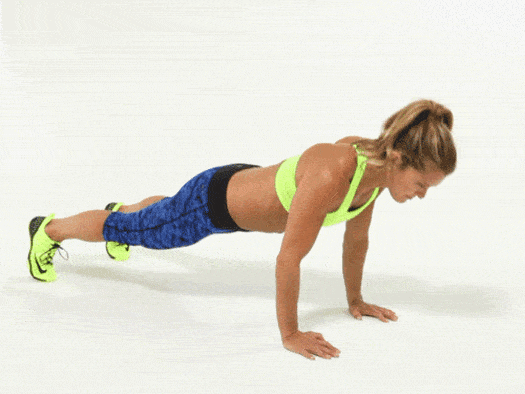
Take care to keep your core locked so a straight line forms between your head, glutes, and heels.
Lower your body until your chest is an inch from the ground then explosively drive up by fully extending your arms.
Squats
15 to 20 reps
Stand with your feet shoulder width apart. Start the movement by bending your knees and sitting back with your hips.
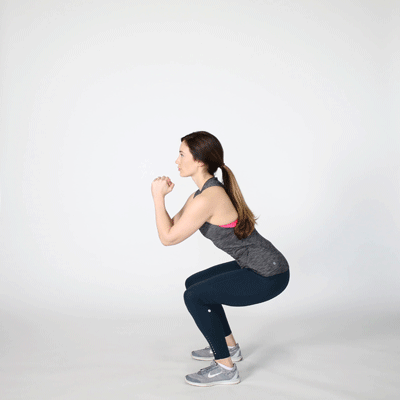
Go down as far as you can and quickly reverse the motion back to the starting position. Keep your head up and back straight throughout the move.
Plank
Get in a press-up position but rest on your forearms rather than your hands. Make sure your back is straight and tense your abs and your glutes
.
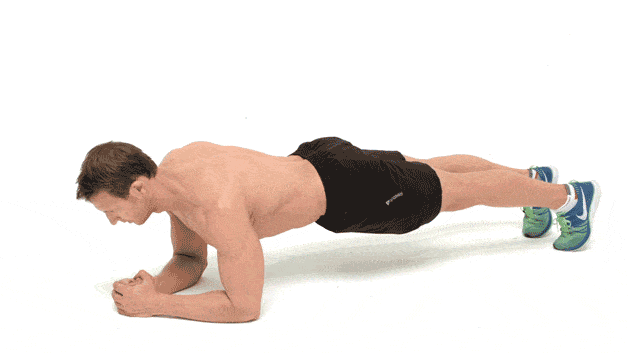
Hold without allowing your hips to sag.
Close grip inverted row
Between 5 and 20 reps
Set up a bar in the squat rack and grab it with an underhand grip, hands shoulder-width apart.
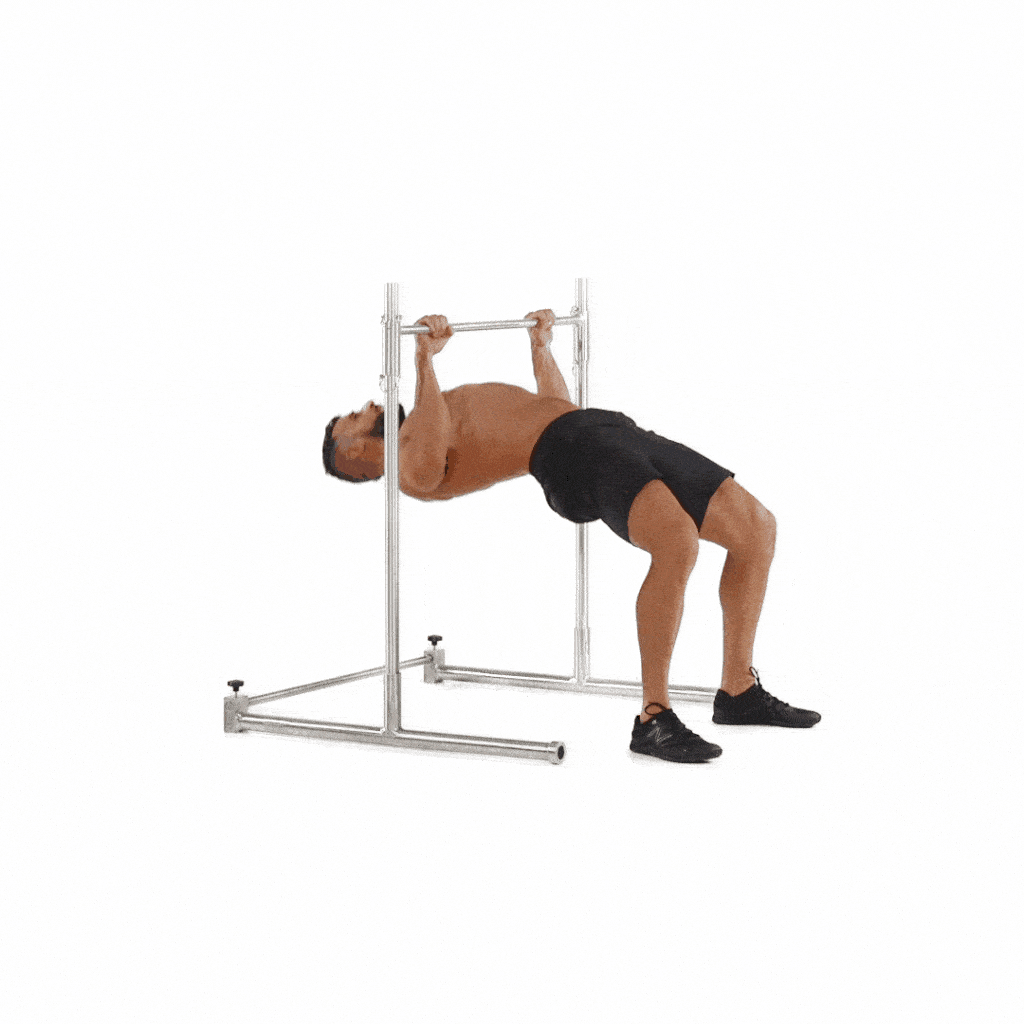
Pull your body up until your chest almost touches the bar, keeping your body straight from neck to ankles throughout.
Pause, then lower yourself back down to the start position.
Walking lunges
10 to 15 on each leg
Lunge forward as far as you can with your right leg, bending your trailing knee so it almost brushes the floor.
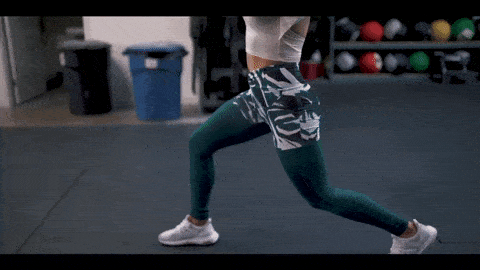
Use the heel of your right foot to push yourself off into the next lunge, this time leading with your left leg.
Side Plank
30 seconds on each side
Lie on your left side with your knees straight and prop your upper body up to take its weight on your forearm.
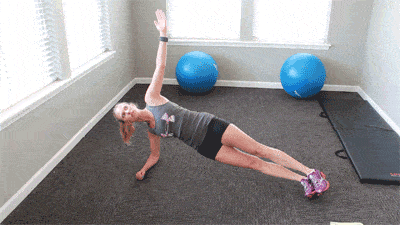
Brace your core and raise your hips until your body forms a straight line.
Hold this position while breathing deeply. Then roll over and repeat on the other side.
Equipment
The beautiful thing about calisthenics is you don’t need a lot of equipment to get started, and you certainly don’t need to pay a monthly subscription to get involved.
Most of the equipment you need is probably available for free in a park, but there are some pieces of equipment you can buy to practice calisthenics at home.
The four bits of equipment that Gallarzo believes it’s worth investing in if you’re serious about calisthenics are a home pull-up bar, some gymnastics rings, parralettes to practice dips on.
Perhaps some resistance bands and these pieces of equipment will serve you well whether you’re a beginner or very experienced.
“The more tools you have, the more variations of things you can do, but as far as the essentials, if I have a client I can train them with some rings, a pull-up bar, and a dip bar.
If I’m training myself at an advanced level, I can train myself with some rings, a pull-up bar, and a dip bar,” says Gallarzo.

